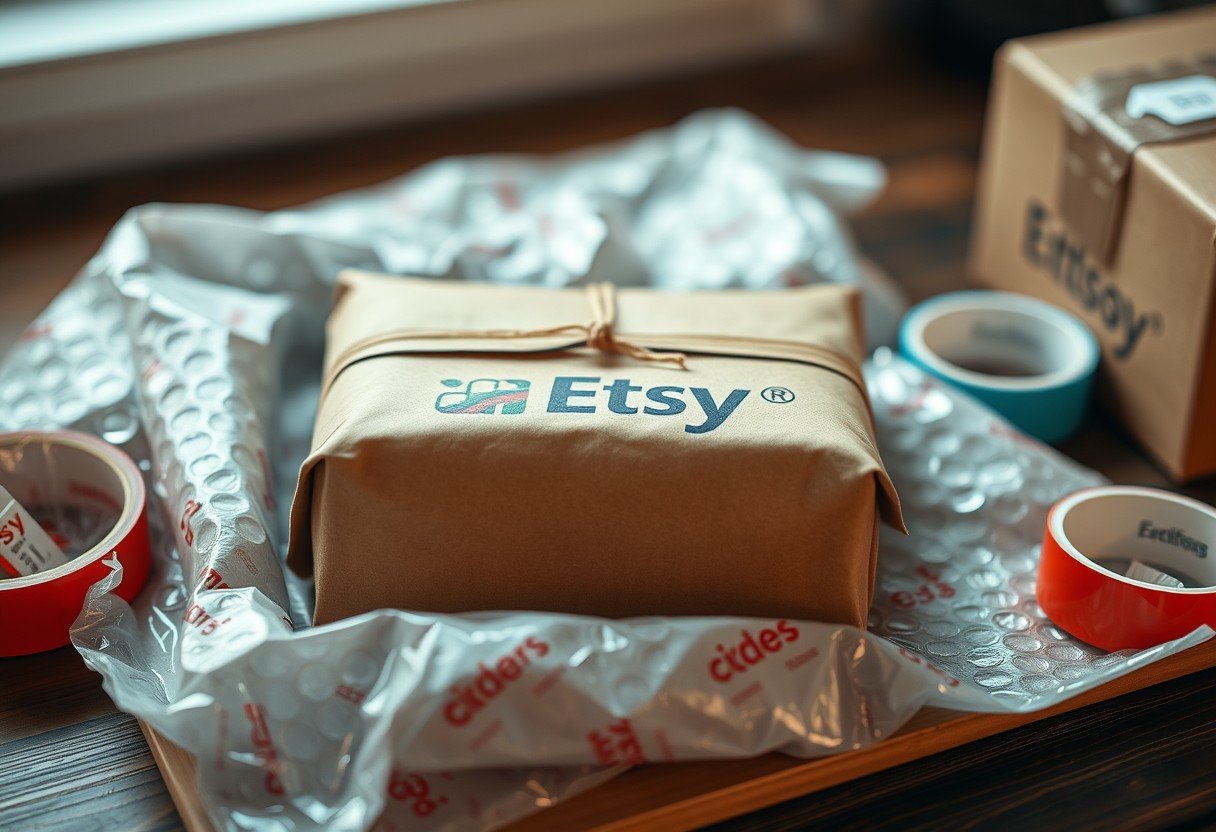Many physiotherapy, chiropractic, and MSK clinics are turning to Facebook ads to find new patients. However, the common approach, often pushed by inexperienced agencies, is causing a big problem. This widespread use of poorly targeted, repetitive, and cheap-offer ads is not just wasting money; it’s actively harming the reputation and perceived value of the entire physiotherapy profession.
Why Easy Access to Ads is a Double-Edged Sword
Facebook makes it incredibly simple for anyone to start an advertising campaign. With just a few clicks, you can reach thousands of people. This ease of use is a major part of the problem. Without a deep understanding of marketing, many clinic owners launch ads that do more harm than good.
The issue is often made worse by marketing agencies that don’t understand the healthcare industry. They apply a generic, high-volume approach focused on getting quick clicks rather than building a sustainable brand. These agencies contribute to about 90% of the damaging ads we see.
While excellent agencies exist, their high costs (often £5,000-£10,000 per month) put them out of reach for most independent clinics. This leaves practitioners with either trying it themselves or hiring low-cost “experts” who repeat the same mistakes, flooding the market with low-quality advertising.
How Ad Overload Annoys Potential Patients
To get results from a poorly targeted campaign, the only option is to show the ad to as many people as possible, over and over again. This is measured by “frequency,” which is the average number of times a person sees your ad. When frequency gets too high, it becomes annoying and damages your brand. One user reported seeing an ad for a single clinic 17 times in just two days.
Now, imagine what happens when 10 or 20 clinics in the same area all run ads. Facebook’s algorithm groups people who interact with one physio ad into an “interest” category. This means if a person clicks on one clinic’s ad, they are suddenly bombarded by ads from every other clinic in the area. In a city like Manchester, with over 20 clinics advertising, a single user could see more than 200 physio ads in a single day.
This constant bombardment doesn’t attract patients; it makes them tune out completely. Even if your clinic is being sensible with its ad frequency, the actions of others are creating a noisy, spammy environment that reflects poorly on everyone.
The Race to the Bottom with Cheap Offers and Wild Claims
When every clinic is shouting for attention in the same crowded space, a destructive competition begins. To stand out, clinics often resort to one of two tactics: making extravagant claims or offering incredibly cheap deals. This creates a public perception that is completely at odds with the values of ethical, evidence-based practice.
We regularly see ads that make physios look like snake-oil salesmen. They promise to fix any problem with a special “system” or a single piece of equipment. One clinic was advertising an £850 shockwave course promising to cure every ailment imaginable. These baseless claims erode the trust and scientific credibility of the profession.
The other tactic is to devalue the service itself. Ads scream about “free appointments” or “just £15 for a session.” This sends a clear message to the public: “PHYSIOTHERAPY IS CHEAP.” It directly contradicts the common industry complaint that patients don’t value the service or that practitioners aren’t paid enough. You can’t demand respect and higher value while simultaneously advertising your expertise for next to nothing.
Why Targeting ‘Physiotherapy Interests’ is a Big Mistake
One of the most common and costly errors is how ads are targeted. The default option for many is to target people with an “interest in physiotherapy.” This seems logical, but it’s a huge waste of money and a major cause of the problems discussed.
Think about who is actually in that audience group.
- Other Physiotherapists: A huge portion of this audience is made up of other physios, chiropractors, and students who follow industry pages. You are spending money to advertise your patient services to your colleagues.
- Existing Patients: Some people in this group may be there because they already have a physio and have interacted with their clinic’s page.
- Bargain Hunters: The rest are often people who have clicked on the “get physio for peanuts” type ads from other clinics. These are not the clients who will invest in a full plan of care.
On top of this, geo-targeting is often done poorly. It’s common for people in London to see ads for clinics in Cardiff, which is a complete waste of the clinic’s budget. This lazy targeting ensures your message reaches the wrong people and annoys them in the process.
A Smarter Way to Approach Facebook Advertising
Effective advertising is not about shouting the loudest; it’s about whispering the right message to the right person. Instead of broad, generic campaigns, successful ads are highly specific and targeted. This approach respects the user, protects your brand, and delivers a much better return on investment.
A better strategy involves thinking about the actual patient you want to attract. For example, if you want to find patients with disc-related issues, you wouldn’t target “physiotherapy.”
| Bad Ad Strategy | Good Ad Strategy |
| Target ‘Physiotherapy’ Interest | Target Specific Conditions (e.g., Sciatica) |
| No Frequency Cap | Frequency Cap of <3 per 7 days |
| Vague Geo-Targeting | Precise Local Geo-Targeting |
| Generic Offer for Everyone | Tailored Message for a Specific Audience |
You should target interests like “cervical radiculopathy” or “sciatica” and exclude job titles like “physiotherapist” or “chiropractor” to avoid showing ads to your peers. Most importantly, you must set a strict frequency cap so you don’t harass potential patients. Creating different ads with different messages for men versus women, or for different age groups, will also dramatically improve your results.
The Long-Term Damage to Your Clinic and the Profession
Running bad Facebook ads is not a victimless crime. It has serious consequences. In the short term, you attract the wrong type of patient: people who expect a miracle cure for £20, don’t want to engage in their rehab, and never return. This is a loss-making model for any clinic.
In the long term, the damage is even worse. You harm your brand’s reputation, making it harder to attract high-quality patients in the future. Collectively, when hundreds of clinics follow this model, it drags down the entire profession. It reinforces the idea that physiotherapy is a low-value commodity, not a professional healthcare service.
Consider the example of podiatrists, who generally do not engage in this type of aggressive, low-offer marketing. As a result, it is far easier to market their services at full price without making spurious claims. Their professional reputation has remained intact.
Frequently Asked Questions about Physio Marketing
Why are most Facebook ads bad for physiotherapists?
Most ads are poorly targeted, shown too frequently, and rely on cheap offers or exaggerated claims. This annoys potential patients, attracts low-value clients, and devalues the physiotherapy profession as a whole.
What is ad frequency and why is it important?
Ad frequency is the number of times a single person sees your ad. A high frequency can make your brand seem spammy and annoying, causing people to ignore you and damaging your reputation.
How do cheap offers in ads harm my physio clinic?
Cheap offers attract bargain hunters who are not invested in their recovery and are unlikely to continue with a full treatment plan. This leads to a high churn rate and tells the public that your professional services are not valuable.
Who should I target in my Facebook ads instead of ‘physiotherapy interests’?
You should target people with interests related to specific conditions you treat, such as “sciatica” or “cervical radiculopathy.” It’s also crucial to exclude other healthcare professionals from your audience to avoid wasting money.
Is creating good content a better alternative to running ads?
Yes, creating valuable and interesting content, like blog posts or videos, is often a more effective long-term strategy. It builds trust and attracts patients who are genuinely seeking help, rather than just responding to a cheap offer.









Leave a Comment